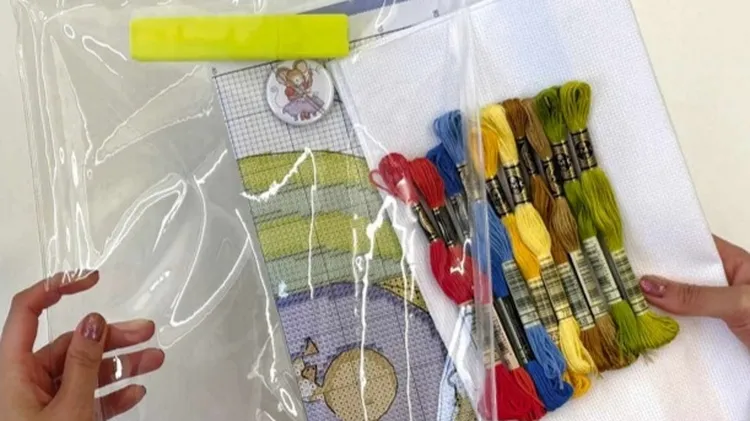Patchwork and quilting can sometimes seem rule-dr
Enjoying rustic quilting – troubleshooting
2 min read
This article is from...
Read this article and 8000+ more magazines and newspapers on Readly






